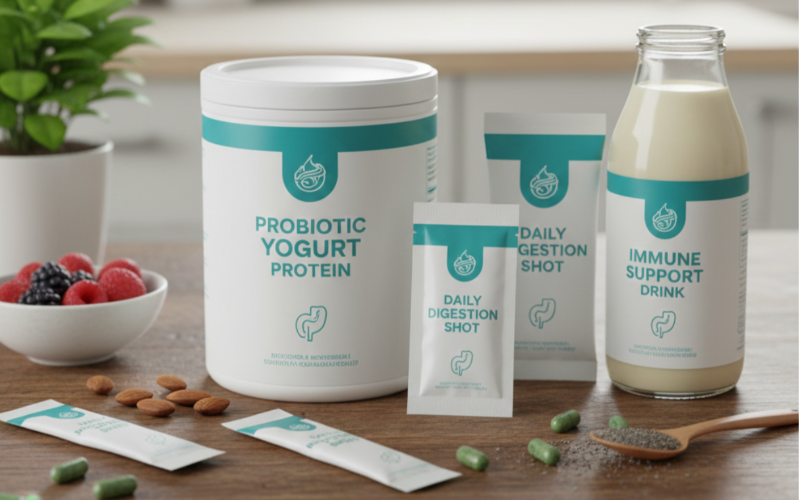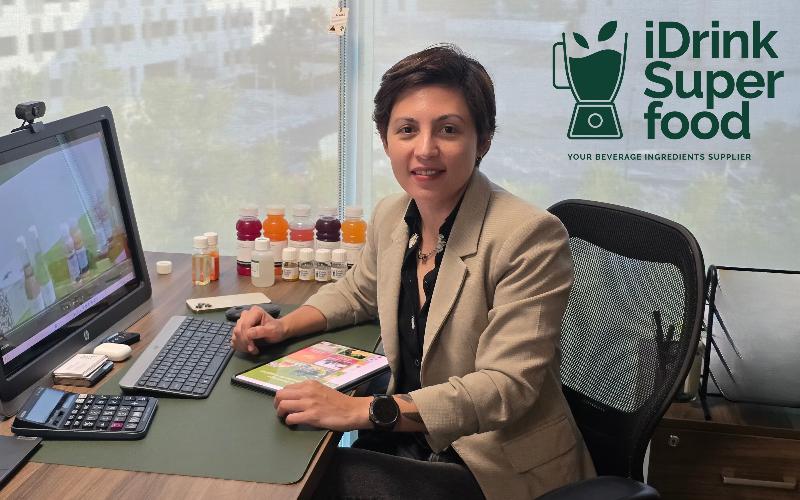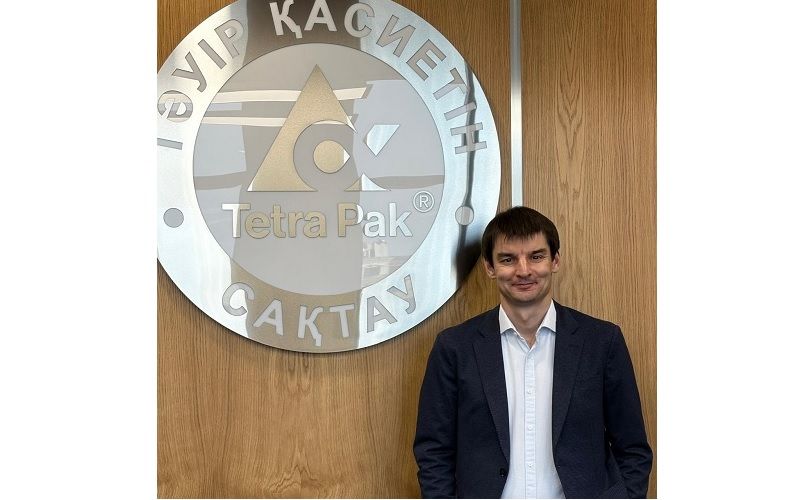Dairy Risk: DMC vs. DRP—Which Tool Delivers Real Payouts?

The fundamental difference between the two programs lies in their objective: DMC acts as a safety net that protects against low dairy margins, defined as the difference between the All-Milk price and feed costs. Conversely, DRP is designed to protect against low revenues by securing a target income based on market forecasts. Retrospective analysis reveals that during the low milk price environment of 2019, DMC enrollees at the $9 per hundredweight (cwt.) margin or higher received indemnities exceeding 25 cents per cwt., while DRP payouts averaged only 14 to 19 cents per cwt.
The performance divergence widened during the 2021 crisis, characterized by persistently low milk prices and rising feed costs. Producers who opted for the maximum DMC coverage of $9.50 per cwt. received a substantial payout of $2.59 per cwt. Conversely, DRP indemnities in 2021 averaged only 34 to 37 cents per cwt. depending on the milk price class used. However, DRP demonstrated a strong responsiveness to abrupt market fluctuations, particularly during the sharp milk price decline in the second quarter of 2020, wh ere DRP indemnities ranged significantly from $1.26 to $5.54 per cwt. for insured milk.
The premium structures of the programs show a significant difference, particularly impacting farm size. DMC offers heavily subsidized, fixed-rate premiums for small-scale producers (Tier 1), making the $9.50 per cwt. coverage highly attractive. Analysis shows these farmers, paying a premium of only 15 cents per cwt., received average indemnities of $1.17 per cwt. over the program’s life—an excellent return on investment. In sharp contrast, larger dairy operations (over 5 million pounds of milk/year) are ineligible for the top margin coverage and often found that their Tier 2 premiums exceeded the indemnities received.
Consequently, DRP may be better suited for large-scale producers, though its fluctuating premiums—recently tracked between 27 cents and 57 cents per cwt.—demand a careful cost-benefit analysis. Producers should also consider payment timelines: DMC premiums are due by September of the coverage year, while DRP premiums are paid after each quarterly insurance period, offering cash flow advantages. Crucially, some states, such as Virginia, offer a full premium reimbursement for DMC enrollees, a benefit strongly recommended for small-scale farmers to maximize their protection and exploit this “free insurance.”












